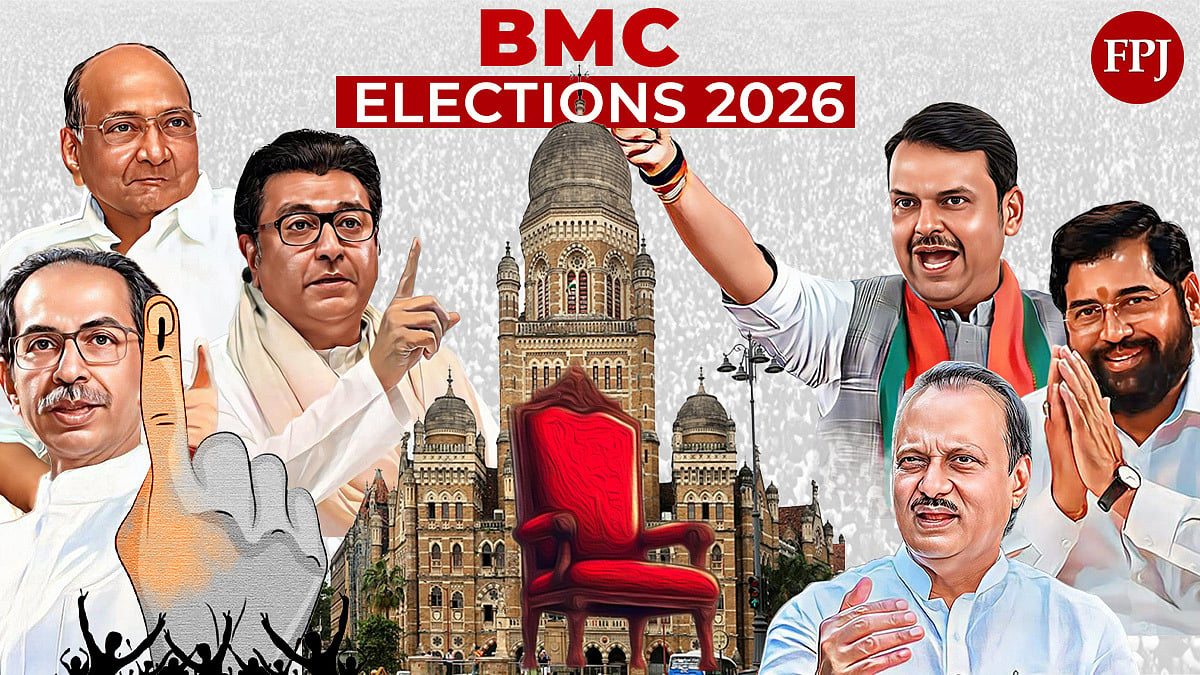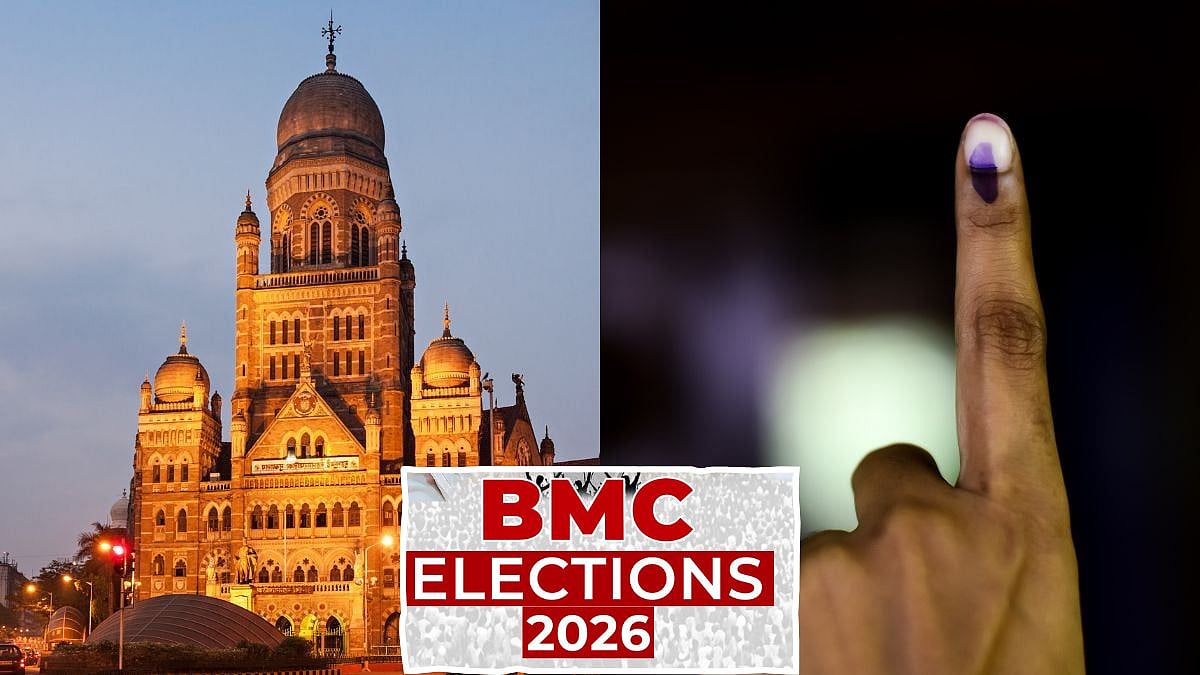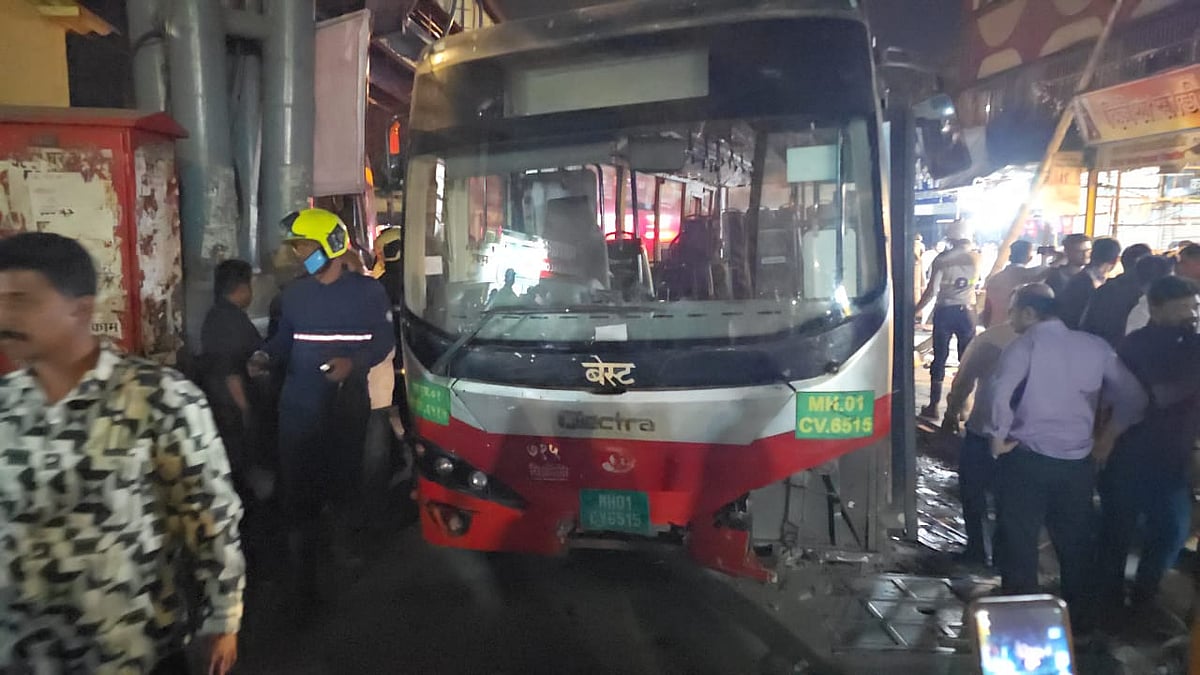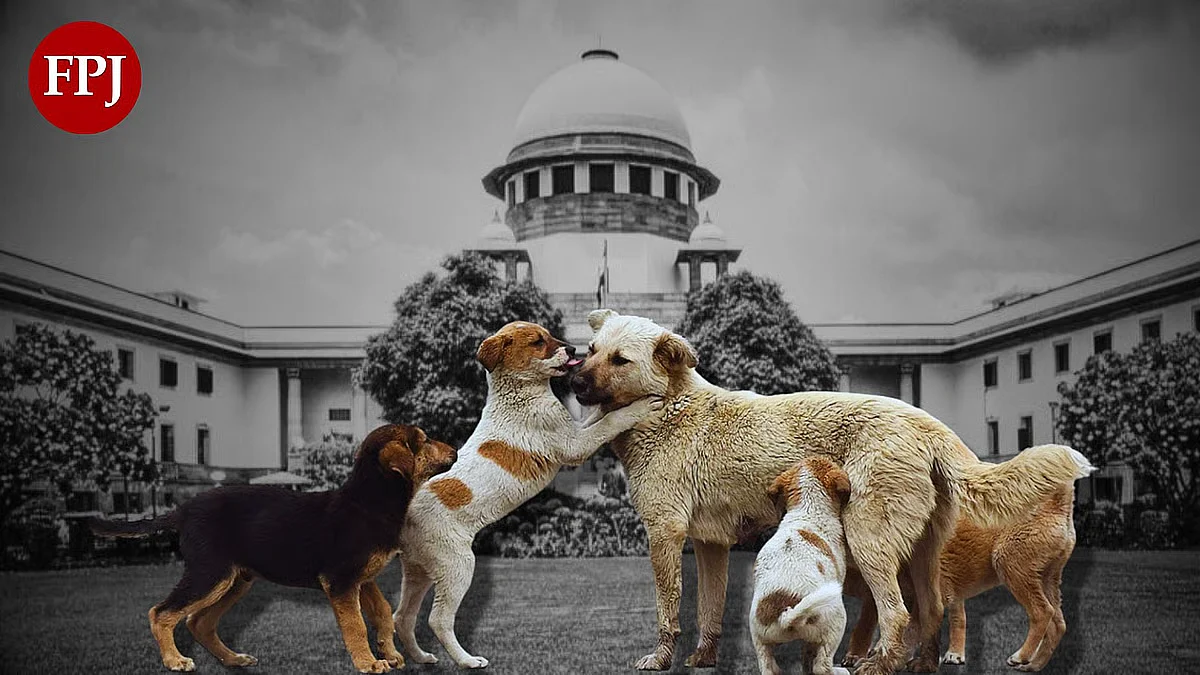It is unfortunate that national attention is diverted to such issues as whether a particular object is a part of the fountain in an ablution tank at the Gyanvapi mosque at Varanasi or a Shivling. Precious hours of the courts, including the Supreme Court, are wasted to adjudicate on such matters while tens of thousands of cases that have a bearing on the lives of the common people have been pending a hearing. The dispute is as old as the mosque, which some Hindus believe was built by demolishing a temple. However, the Muslims claim that the spot had never been a Hindu site. Both have their own arguments to claim ownership of the structure. The same kind of arguments were used about the Babri Masjid/Ram Janmabhoomi shrine which was finally destroyed in a wanton act of violence in 1992. Finally, the Supreme Court gave its verdict allowing the Hindus to construct a temple at the same spot. The Muslims were given an alternative plot to construct a mosque. Though the verdict has many infirmities, the Muslims, have, by and large, accepted it. Unlike Babri Masjid, worship was never interrupted at the Gyanvapi mosque.
When the BJP raked up the Ayodhya issue for electoral dividends, the Central government brought forward a new law freezing the status of all the mosques, temples, and churches as it existed on the day India became independent. This was to prevent religious organisations like the Vishva Hindu Parishad from making claims on other mosques and shrines. In fact, the VHP had prepared a long list of such mosques which it claims to have been built on the debris of Hindu temples. It had made similar claims on mosques in Varanasi and Mathura. The Act was well-received by the common people, though the BJP was clever enough to boycott the vote in Parliament. For over two decades, the Act prevailed and courts refused to hear cases that questioned the legitimacy of shrines like the Gyanvapi mosque. Alas, when the courts are ready to hear such complaints, there are many litigants who are ready to file petitions on one pretext or another. That is how a group of women came forward with the claim that a portion of the Gyanvapi mosque had tell-tale evidence of a pre-existing temple. In the normal circumstances, the petition should have been rejected on the ground that it contravened the Places of Worship (Special Provisions) Act, 1991. There were many instances of rejection of petitions on the same ground. However, the petition was not only accepted but a video-graphic survey of the mosque was ordered by a local court in Varanasi. What’s more, the Allahabad High Court did not find anything amiss in the local court’s order. The survey was still going on when the lawyer representing the women petitioners approached the court claiming that a Shivling was discovered in the ablution tank and the area should, therefore, be sealed.
When the claims and counterclaims could wait for not less than 400 years for a final adjudication, there was no need for the judge concerned to order the closure of a portion of the mosque. It did not even hear the Muslim version that the so-called Shivling was actually a part of the fountain used in the water tank. More importantly, the court did not even wait for the final report of the three-member commission that supervises the survey. The commission itself has sought more time to complete the survey, which was to end only on May 17. The over-enthusiasm the judge showed in taking what appears to be a partisan decision did not show him in a good light. If some people believe that the whole survey was aimed at muddying the waters like, for instance, when an idol of Ram was surreptitiously placed in the Babri Masjid under the cover of darkness. There were claims at that time that the idol appeared in the mosque on its own, which was debunked by the apex court in the final verdict. The present controversy should be seen in the light of a court in UP ordering the opening of 22 rooms in the Taj that remains closed. Everybody knows that they were closed for scientific reasons as all the walls made of marble would suffer degeneration if they were exposed to carbon dioxide exhaled by the visitors. Instead, the petitioners claimed that those rooms had enough proof to show that Taj Mahal was, in fact, a temple - Tejo Mahal. This should be seen in the context of the efforts to declare Qutub Minar built in the 12th and 13th centuries by the Mughals as a Hindu pillar. When the people are facing bread and butter issues, their energy is, alas, sought to be dissipated over such issues that will only show the nation in a poor light.









